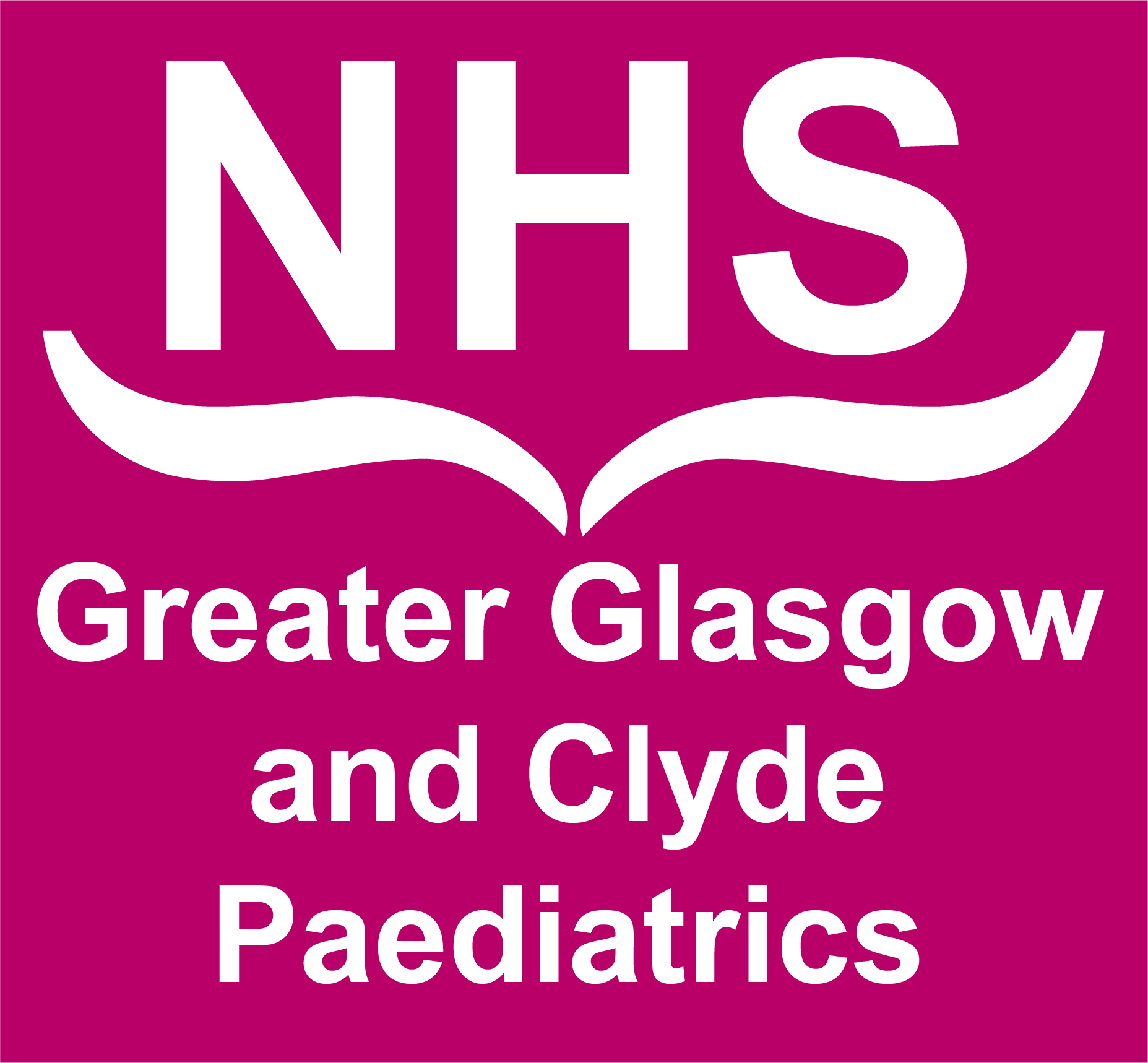Apply First Aid:
- Encourage local bleeding of accidental puncture wounds by gently squeezing.
DO NOT SUCK THE AREA
- Wash the affected area with soap and warm water
DO NOT SCRUB THE AREA
- Treat mucosal surfaces such as mouth or conjunctiva by rinsing with warm water or saline. Water used for rinsing the mouth must not be swallowed.
DO NOT USE BLEACH ON THE INJURY


